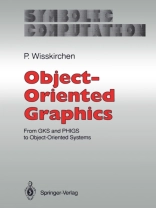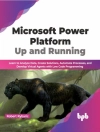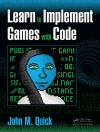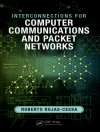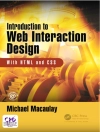At present, object-oriented programming is emerging from the research labora- tories and invading into the field of industrial applications. More and more products have been implemented with the aid of object-oriented programming techniques and tools, usually as extensions of traditional languages in hybrid development systems. Some of the better known examples are OSF-Motif, News, Objective-C on the Ne XT computer, the C extension C++, and CLOS an object- oriented extension of LISP. All of these developments incorporate interactive graphics. Effective object-oriented systems in combination with a graphics kernel- does it mean that the field of computer graphics has now become merely an aspect of the object-oriented world? We do not think so. In spite of interesting individual developments, there are still no sound object-oriented graphics sys- tems available. If it is desired to develop a complex graphics application embed- ded in a window-oriented system then it is still necessary to work with elemen- tary tools. What is to be displayed and interactively modified inside a window must be specified with a set of graphics primitives at a low level, or has to be written with a standardized graphics kernel system such as GKS or PHIGS, i. e. , by kernels specified and implemented in a non-object-oriented style. With the terms GKS and PHIGS we enter the world of international graphics standards. GKS and PHIGS constitute systems, not mere collections of graphics primitives.
Peter Wisskirchen
Object-Oriented Graphics [PDF ebook]
From GKS and PHIGS to Object-Oriented Systems
Object-Oriented Graphics [PDF ebook]
From GKS and PHIGS to Object-Oriented Systems
Beli ebook ini dan dapatkan 1 lagi GRATIS!
Bahasa Inggris ● Format PDF ● ISBN 9783642842474 ● Penerbit Springer Berlin Heidelberg ● Diterbitkan 2012 ● Diunduh 3 kali ● Mata uang EUR ● ID 6334902 ● Perlindungan salinan Adobe DRM
Membutuhkan pembaca ebook yang mampu DRM
